Book Review - Zen Cho's The True Queen
 The True Queen by Zen Cho
The True Queen by Zen Cho
Published by: Ace
Publication Date: March 12th, 2019
Format: Paperback, 384 Pages
Rating: ★★★★
To Buy
Two connected souls wash up on the magical shores of Janda Baik. Sakti speaks Muna's name and Muna knows that it is hers, just as she knows Sakti is her sister. But that is all. Neither girl knows any more. The powerful witch Mak Grenggang takes the girls in unperturbed by the amnesia but willing to help them with their memory when she has free time, which is rare. Sakti shows magical abilities and therefore becomes Mak Grenggang's pupil. Muna doesn't have a bit of magic in her body and therefore helps take care of Mak Grenggang's large household of supernatural beings. It is a simple and quiet life but Sakti is unsettled and mistrustful of Mak Grenggang. She wants to know who she is and why she has forgotten. Everything becomes more urgent when Sakti discovers that she literally has a hole through her body. Parts of her are fading away and she thinks this strongly indicates that she and her sister have been cursed, though Muna isn't convinced the kindly Mak Grenggang is behind it as her sister keeps insisting. They need answers and have heard that the English Raja is hoarding books on magic and therefore sneak to the British Resident's house on the settlement of Malacca where they are soon caught in the act.
Their trespass has severe political ramifications. The British in Malaysia have been waiting for any excuse to go after Mak Grenggang and take control of Janda Baik and Sakti and Muna have given them an excuse. Therefore Sakti and Muna have to be whisked away from the island through the realms of Fairy and into the protection of Mak Grenggang's friend, the Sorceress Royal of England. By Sakti being sponsored as an honored guest and pupil at the Sorceress Royal's school, The Lady Maria Wythe Academy for the Instruction of Females in Practical Thaumaturgy, the English can't justifiably seize Janda Baik. Only as they take the shortcut Mak Grenggang has laid for them through Fairy something horrible happens, Sakti is taken. Only Muna makes it to England and she has to convince the Sorceress Royal and her friend Henrietta Stapleton that she is the magical one and that their first goal is to find her sister. Things can never be that simple though. Fairy can not be accessed from England due to many ongoing issues, the most recent being the Threlfall family losing the Fairy Queen's Virtu, and an all out war with Fairy could come to pass. What is Muna to do when all she wants is her sister? The answer is whatever it takes.
In the first book in this series, Sorcerer to the Crown, we alternated between two characters, the Sorceress Royal, Prunella Gentleman, and her predecessor and now husband (sqweee) Zacharias Wythe. While The True Queen does continue their story they aren't the focus of this book and while at first I was like, I'm not sure I want the story continued in a book that isn't a direct up sequel, I've been completely won over with how Zen Cho has been able to expand her universe while remaining true to it's origins, which has that same snark I love so much from The Magicians. It's not just that we have more locations, from spending time in Janda Baik to seeing other parts of Fairy besides the quick glimpse Zacharias had previously of the court, it's that we see the story through the eyes of so many different characters. The number of POVs in this book has expanded exponentially, so Muna, Sakti, Prunella, Henrietta, Rollo, even a Midsomer, have a little slice of the story! And each character builds the narrative and it's themes, not one of them, even Clarissa Midsomer, taking away from the plot. The constant struggle between desire and duty is explored through more lives and more facets showcasing the importance of family and what sacrifice really means. I couldn't think of a better sequel.
While the character roster is expanding so is our understanding of how magic works in the world Zen Cho has created. I've always liked the idea that magic is science we don't yet understand, and while what we learn here isn't science, it does finally give us an understanding of how magic works in this world. In Sorcerer to the Crown it's clear that magic comes from the Fairy realm as they've put a block on it. Here though we see magic through the eyes of Muna who, while not magical, was taught an entirely different approach to magic in Malaysia. In fact she has many different terms and abilities that the English magicians don't have. She even calls the Queen of the Fairies the Queen of the Djinns. So it makes sense that she would see all magic differently and what she sees is that all magic is actually accomplished by invisible creatures in the air that do the magician's bidding. So all the spells and incantations are just words strung together, sometimes rather rudely, to get these invisible creatures to enact the wishes of the magician. Muna can not believe that this is how magic works! It's wonderful to think that through kindness and flattery anyone can achieve magical feats. The male English magicians who were all rather bombastic in my mind would never deign to believe that being nice can lead to magic and therefore it makes me extremely happy that this is the case.
In fact this whole book is about seeing everything differently. It's about opening up your eyes to the magic that is literally all around us. That love can come in many shapes and sizes and might not be expected or understood, but it is always welcome. This inclusivity prevalent throughout the book made me feel as if the ending was a little flat. Now I'm not going to go and spoil anything for you here, but I will explain a bit around the relationship in question in order to hopefully get my point across, but if you want to be completely ignorant feel free to skip ahead to me talking about dragons, and yes, I talk about dragons! So we have two characters of the same sex who fall desperately in love. You will be shipping them the entire book. Therefore when they don't technically end up together at the end of the book it's kind of heartbreaking. I mean, yes, it's historically accurate, being openly gay during this time in history wasn't exactly the done thing, but at the same time, this is a book about magic and dragons and actual fairies and I kind of was hoping for something more. Not a compromise, not something that will look fine to the outside world, but complete and total happily ever after. Of course seeing as this actually annoyed me so much just goes to show how much I love the characters...
Dragons! See, I told you I'd talk about them. So here's the thing, I never really thought of myself as a big dragon fan. I liked them and all, but then I started noticing things, like how I have a fair amount of stuffed animal dragons and dragon statuary and more than a few books about dragons and Falkor was easily my favorite character in The Neverending Story and then I thought on it and realized, yes, I think I'm a little obsessed with dragons. I mean, I'm not Dragonriders of Porn level obsessed, and thank you forever to whomever wrote the "Home Improvement" episode of The Magicians this season for that joke. But still, it all comes down to the fact that I love me some dragons. Which means I LOVE ME some Rollo Threlfall the familiar of Paget Damerell. The big reveal at the end of Sorcerer to the Crown is that Rollo isn't just a typical Regency buck but is actually a dragon. And therefore his Aunt Georgiana who kind of started the whole narrative going back in book one by asking Rollo to give a speech to some gentlewitches is also actually a dragon. But what I love most is that while they are dragons that doesn't change their underlying characters. Rollo is a Regency buck trapped in a dragon and Aunt Georgiana is the dragon of an aunt you always fear at the local assembly. Regency dragons, is there anything better!?! The answer is no if you were wondering.
But oddly enough it was a small plot point that was the icing on top of the cake for me and that was a hall of talking paintings. Talking paintings are pretty common in books with magic or magical schools, just look to how ubiquitous they are in Harry Potter. Though interestingly enough it's never mentioned how they came to be in Harry Potter, unless it's somewhere on Pottermore and I can't be bothered to slog through that site. I mean Dumbeldore's painting is up like minutes after he's dead, how did they swing that!?! I mean, seriously, how, I NEED to know. Therefore I was more than a little pleased that Zen Cho instead of just having talking paintings that are rude to the students of The Lady Maria Wythe Academy for the Instruction of Females in Practical Thaumaturgy she explains how they are made and why they might be a little rude. Because it's not the personality of the subject that is captured but the personality of the subject as viewed through the eyes of the artist. Oh, as an artist how I loved this. It's like instant revenge for generations on someone who is rude to you! As Mr. Wythe explained: "the paintings have little of their subjects in them - the life that animates them springs from the artist, and the artist's opinions of his subject cannot be taken as a wholly reliable guide to who they were. I am sure the real George Midsomer was much pleasanter than his likeness." Ahem, sure... a "nice" Midsomer. I'll believe it when I see it, maybe in the next book?
























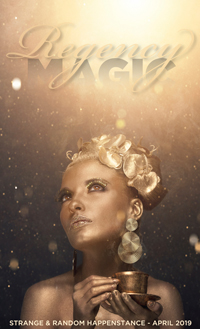
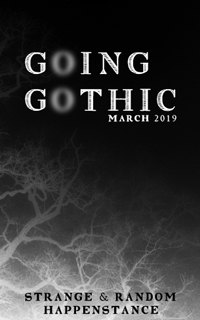
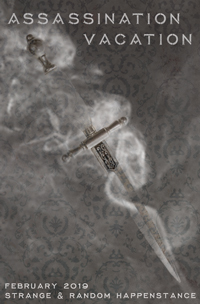
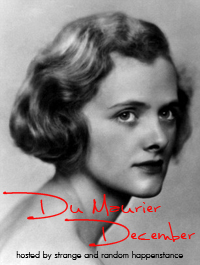
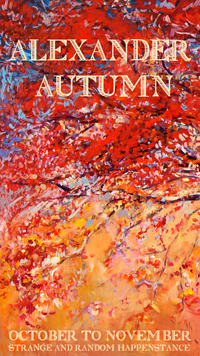
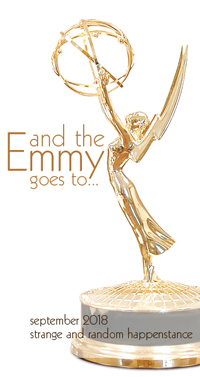

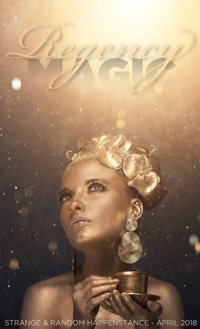


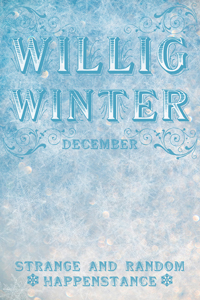

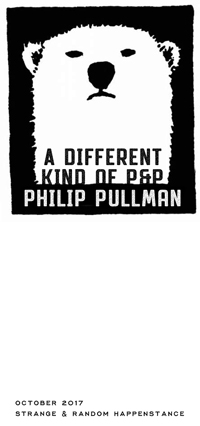


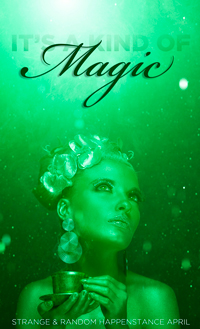
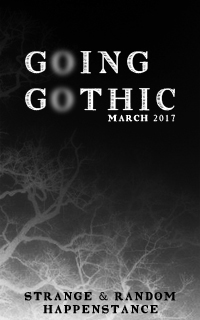

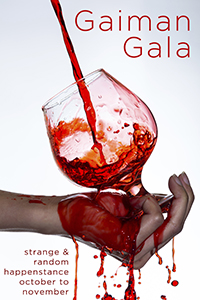

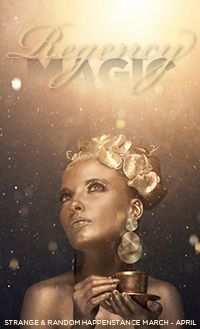

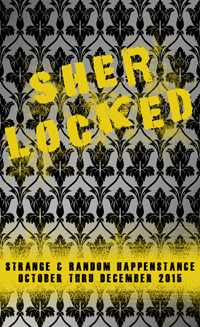

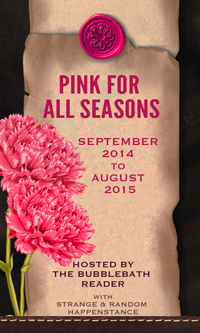
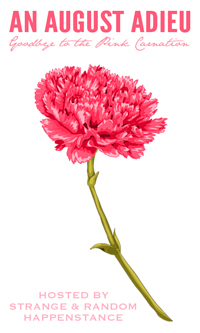




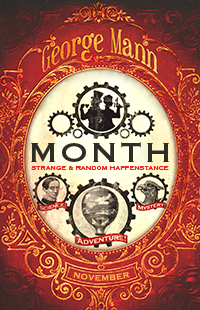

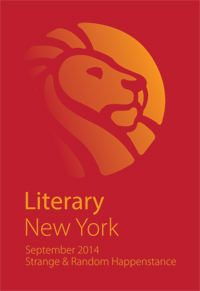
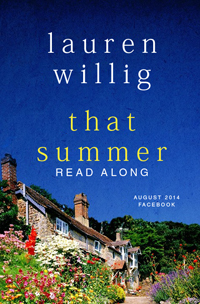



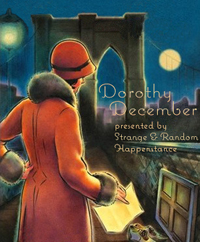






















Post a Comment